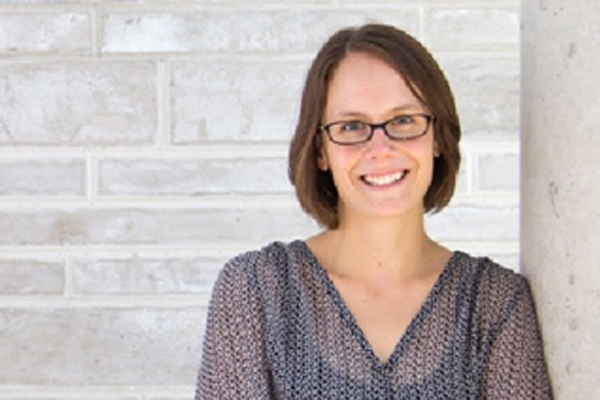Close relationships can ease emotional stress
September 14, 2015
Share
“Sharing the load” is often thought of in terms of physical tasks, but new research out of Queen’s University suggests that load sharing can be applied to emotional burdens as well. According to researcher Jessica Lougheed, a PhD candidate in Psychology, a strong relationship with a loved one can help ease stress in difficult situations.

“We wanted to test a new evolutionary theory in psychology called Social Baseline Theory, which, as psychologists Lane Beckes and James Coan found, suggests that humans adapted to be close to other humans,” says Ms. Lougheed. “The idea is that individuals function at a relative deficit when they are farther away from people they trust. This is a provocative idea in psychological science, because it is often assumed that people can demonstrate optimal functioning whether or not they are near trusted relationship partners.”
In their study, Ms. Lougheed and co-authors measured the stress levels of 66 adolescent girls during a spontaneous speech task, particularly looking at whether having a close family member nearby mitigated some of their stress.
Before the speech performance, mothers and daughters rated the quality of their relationship. During the speeches, researchers tracked the participants’ level of stress via galvanic skin response (measuring the level of skin perspiration). To account for the effect of physical – rather than purely emotional – closeness, the participants’ mothers were instructed either to hold or not hold their daughters’ hand.
The researchers found that physical closeness allowed the participants to manage their stress more efficiently, regardless of how close the mother-daughter pair reported being. However, when physical contact was removed from the equation, only the participants who reported higher relationship quality showed signs of load sharing.
“In line with Social Baseline Theory, our results suggest that we are better equipped to overcome challenging situations when we are closer – either physically or in terms of how we feel in our relationships – to people we trust,” says Ms. Lougheed.
Participants who had reported the lowest level of mother-daughter relationship closeness and lacked physical contact during the task were the least efficient in managing emotional stress.
“We were somewhat surprised to find that mothers’ stress did not vary by physical closeness – after all, it can be stressful for parents to watch their children perform, but being able to offer physical comfort might have lessened the mothers’ stress,” says Ms. Lougheed.
“Thus, emotional load sharing in this context was not a function of the mothers’ stress level, and we expect that it occurred instead through the daughters’ perceptions of how stressful it was to give a speech. That is, higher physical and/or relationship closeness helped the daughters feel like they could overcome the challenging situation.”
The team’s results suggest that physical contact can overcome some difficulties associated with relatively low relationship quality, or that being in a high-quality relationship is helpful for managing emotions in the same way as the physical comfort of a loved one. The researchers note that the general level of relationship quality was relatively high in their sample, and that physical contact may function very differently in distressed families. The researchers also caution against generalizing these results to other partnerships – such as a relationship between romantic partners, platonic friends and other family members – and suggest that more research be done to determine the effect of socioeconomic status and gender, amongst other factors.
The study, Sharing the burden: the interpersonal regulation of emotional arousal in mother-daughter dyads, was published in the journal Emotion.